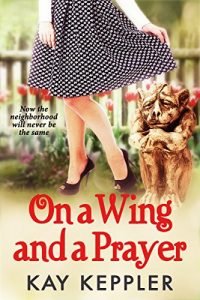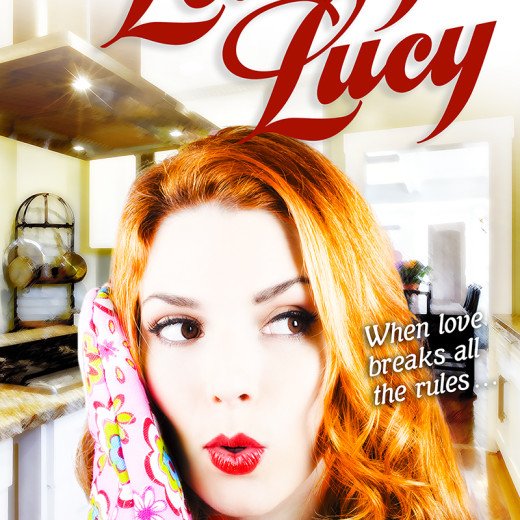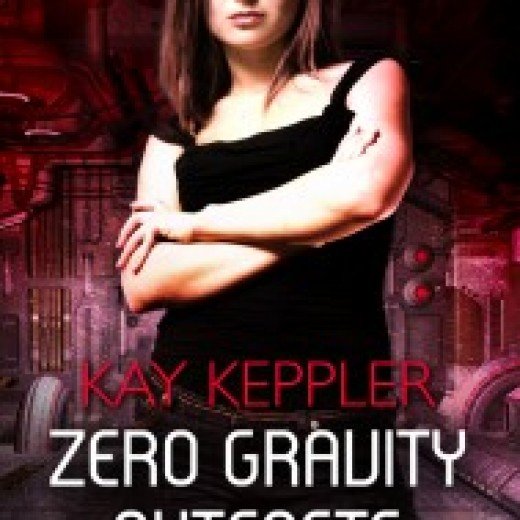Hook Your Readers With Great Beginnings and Endings by Kay Keppler
 Let’s welcome back monthly columnist, editor, and novelist, Kay Keppler, as she shares with us “Hook Your Readers With Great Beginnings and Endings.” Enjoy!
Let’s welcome back monthly columnist, editor, and novelist, Kay Keppler, as she shares with us “Hook Your Readers With Great Beginnings and Endings.” Enjoy!
***
Hook Your Readers: Unify Book Openings and Closings
The beginning and ending of your book are the two most important scenes you’ll write. The opening scene is crucial, because if readers don’t like it, they won’t read the rest of the book. But if your last scene doesn’t provide a pay-off for those readers, giving them the ending they wanted, you’ve failed them—and they won’t read your next book.
Hook Your Readers: Open with Protagonist and Conflict
To hook your readers, the opening scene should introduce two things: your protagonist and the conflict. Set up your main character and show readers what she’s like and, more important, what she wants. Make it strong, and make it personal. You want readers to care about what happens next to this character.
Next, the conflict. Your protagonist’s conflict should be a life-or-death battle to the finish. This struggle doesn’t have to entail warfare or biologic assassins, but it must be a life-or-death struggle for her. Who will win the flower show? Who gets the new job? If your character wants it more than anything, that’s your do-or-die conflict.
Where’s the Antagonist?
Your antagonist doesn’t have to be in the first scene, but the antagonist should cause the conflict, even from afar. So if your heroine goes out to her car to drive to the job of her dreams on her first day of work, and the car is out of gas—make sure the antagonist drained the tank, not that she ran out, or the squirrel in the garage gnawed something.
Hook Your Readers: Start with Action
And one more thing about conflict: start it with action. Have your character do something. Above all, do not let your book begin with your protagonist staring out a window lamenting her mistakes and misfortunes. This is backstory. Start with what is happening to her or what she is doing now.
When You Get to the End
When you’ve written everything but the close of your book, you need a great ending that brings the protagonist and the antagonist together in a final battle. Your final scene should finish off all the loose plot ends, answer lingering questions, and deliver justice for your protagonist and an outcome for the reader that feels good.
That last scene might need a short resolution, too—something that shows the new story world in which the characters have regained stability. The resolution should be short and sweet, because readers won’t want a long goodbye after the story has concluded, but they will want to make sure everybody’s okay before they put the book down.
Go Back to the Beginning
When you’ve written your final scene—the fight and the resolution—check to see how it works with your beginning scene. Let’s face it—you might have written that opening a year ago. How does it work now?
The beginning and ends of your story should be linked. The beginning should foreshadow the ending, and the ending should fulfill the promise of the beginning. And by repeating a motif, metaphor, setting, or some other element, you can create an echo for readers and help them find the satisfaction they want.
Hook Your Readers: Rework!
The closing probably doesn’t tie in perfectly with the opening. You might have to rewrite the beginning entirely, or at least tweak it, to get the elements to mesh and work together. So although you probably want to write the opening first so you get your story set up well, it’s also the last thing you want to look over, to make sure it signals the end.
Result: Happy Endings
Unifying your opening and closing scenes ensures that you deliver the story promise you offered your readers at the beginning, and they’ll be sure to come back for more.
***
ABOUT THE AUTHOR
 Kay Keppler is an author Zero Gravity Outcasts, Betting on Hope, Gargoyle: Three Enchanting Romance Novellas, and editor of fiction and nonfiction –Angel’s Kiss and Outsource It!
Kay Keppler is an author Zero Gravity Outcasts, Betting on Hope, Gargoyle: Three Enchanting Romance Novellas, and editor of fiction and nonfiction –Angel’s Kiss and Outsource It!
She lives in northern California. Contact her here at Writer’s Fun Zone in the comments below, or at kaykeppler@yahoo.com to ask questions, suggest topics, or if you prefer, complain.
***
More popular articles by Kay Keppler on Writer’s Fun Zone:







Really loved this post! This kind of relationship in a book is so important!
Thank you! All the elements—themes, motifs, etc.—should work together in your book, but no where is that more important then in your opening scene and your closing scene. When those two pieces work together, you have a winner.